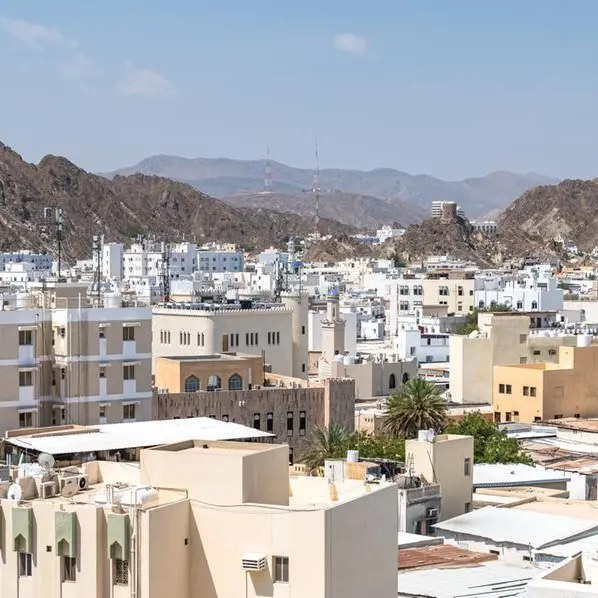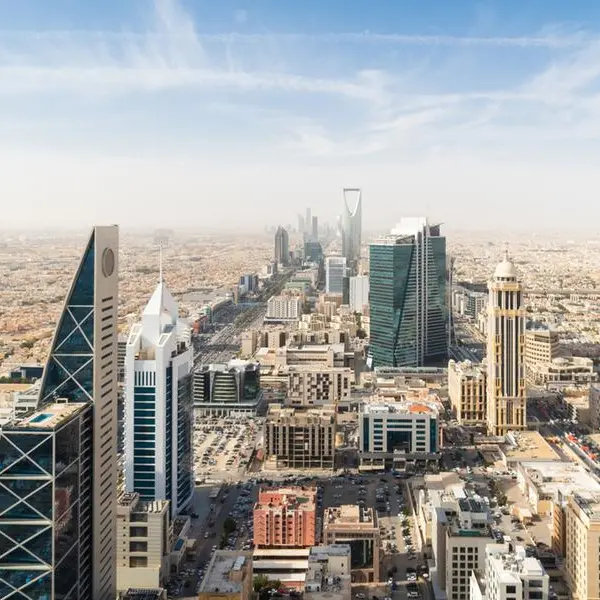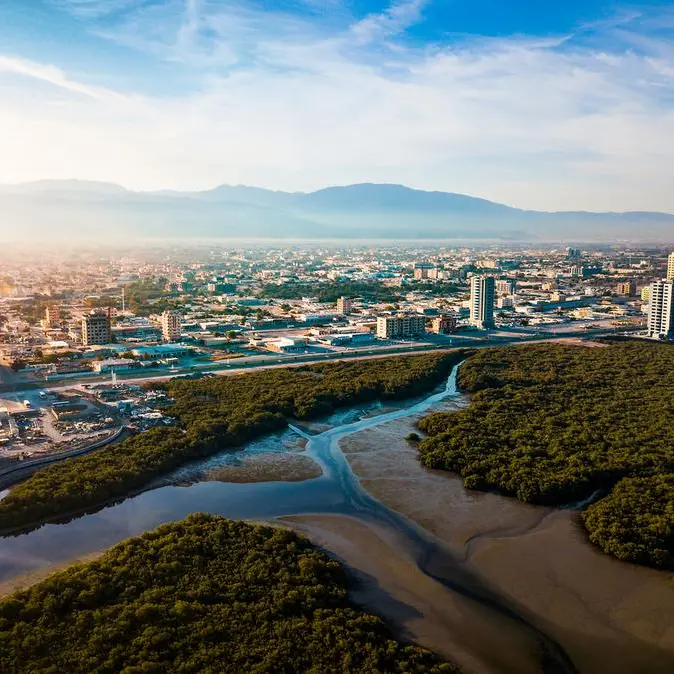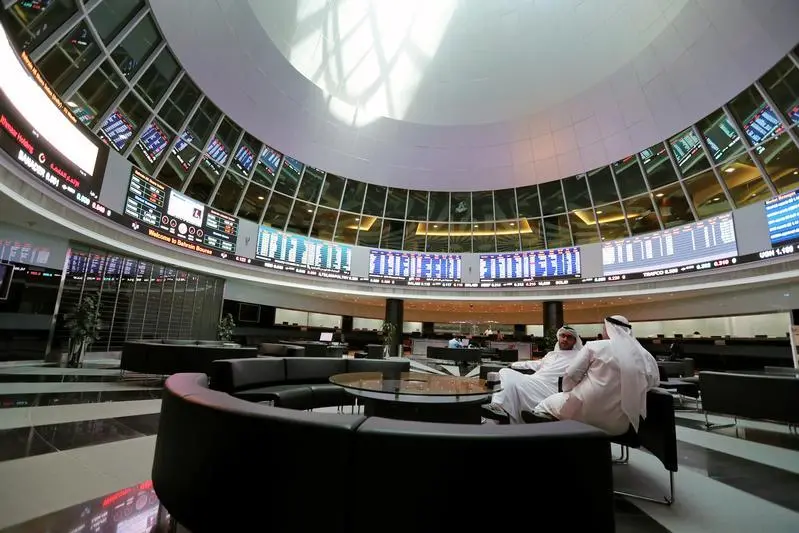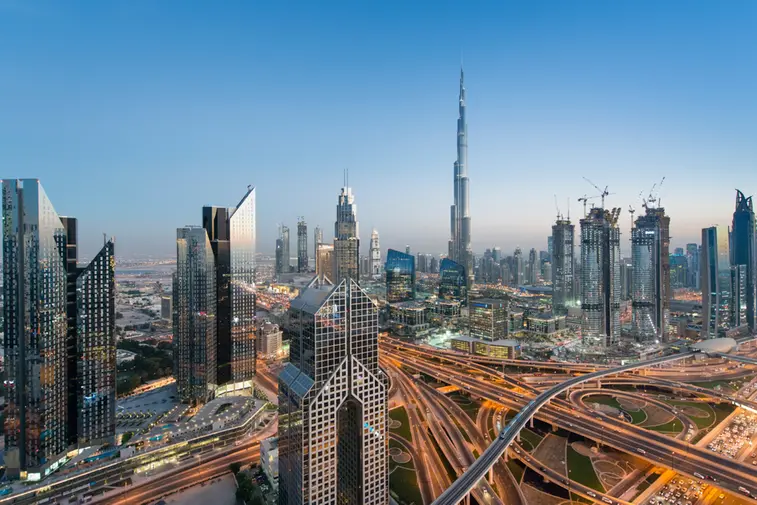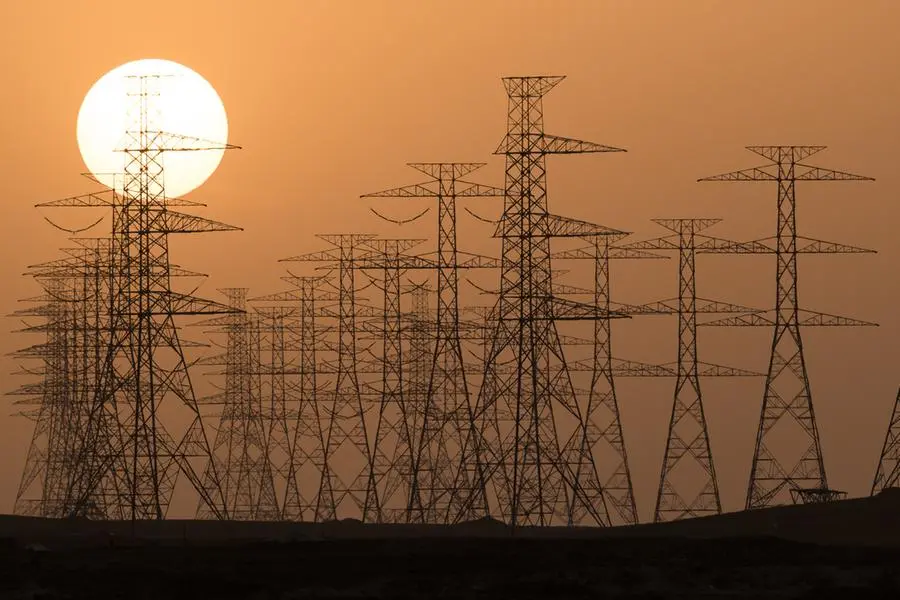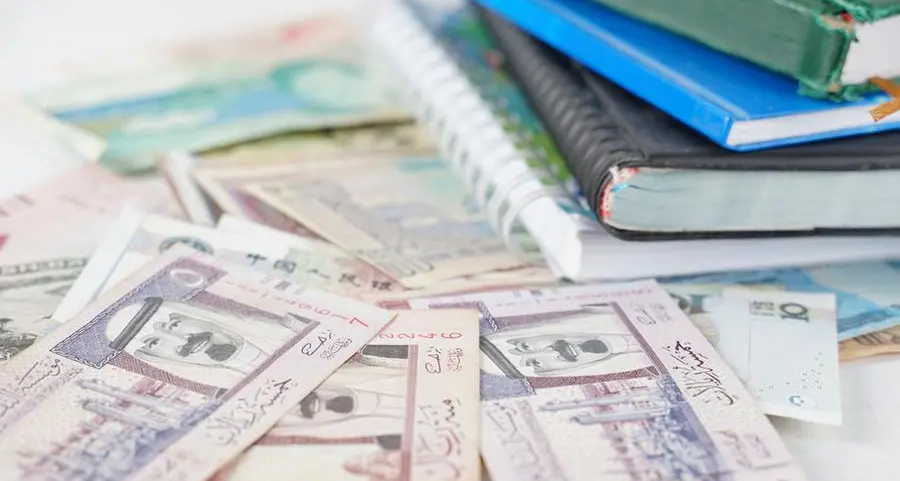PHOTO
RTA Dubai announces the extension of working hours for Dubai Metro until 1:00 AM until Sunday, July 2, 2023, coinciding with the Eid Al Adha holiday. Image courtesy Dubai Media Office Twitter handle.
(New paragraphs added; Highlights updated; route map inserted)
Dubai will build a new metro line at a total cost of 18 billion UAE dirhams ($4.9 billion), it was announced on Friday. Dubai Metro's Blue Line route will extend for 30-kilometres with half of the line running underground and reaching up to 70 metres in depth, according to a message posted by Sheikh Mohammed Bin Rashid Al Maktoum, Vice President and Prime Minister of the UAE and Ruler of Dubai on X (formerly twitter).
In an Arabic language message posted on his official X account on Friday, Sheikh Mohammed said the new line, which he has approved, will transport 320,000 passengers per day, and serve an area with population exceeding a million, including Dubai Creek Harbour, Dubai Festival City, International City, Al Rashidiya, Al Warqa, Mirdif, Dubai Silicon Oasis, Dubai Academic City.


An infograph posted by the Dubai ruler also displayed the project's timeline with the project award scheduled for 2024; construction of tunnels scheduled to start in 2025; trial operations scheduled to begin in 2028 and full commercial operations scheduled to start in 2029.
Other highlights include:
- The Blue Line will have 14 stations and 28 trains. Out of its total length of 30km, 15.5km will be underground and 14.5km above ground. There will be 9 elevated stations and 5 underground stations.
- It will feature a viaduct across Dubai Creek with a length of 1.5km.
- The Blue Line will serve 9 areas namely Mirdif, Al Warqa, International City 1 and 2, Dubai Silicon Oasis, Academic City, Ras Al Khor Industrial Area, Dubai Creek Harbour and Dubai Festival City.
- It will comprise of two branches. One branch will extend from the Creek Station upto Dubai Academic City for 21km, encompassing 10 stations. The second branch will extend from Centrepoint Station to International City interchange station for 9km, encompassing 4 stations.
- The new line will host the biggest undergound station in Dubai Metro, covering an area of 44,000 square metres (sqm) in International City 1, and capable of accommodating approximately 350,000 passengers daily.
- There will be three interchange stations - between the Red and Blue lines at the Centrepoint Station; between the Green and Blue lines at the Creek Station; and between the two branches of the Blue Line at the International City 1 station.
- The line will have an iconic station with unique architectural design at Dubai Creek Harbour. Spanning 8,800 sqm, the station is engineered to accommodate approximately 160,000 passengers daily, which is projected increase to around 70,000 passengers daily by 2040. This landmark station will be designed by Skidmore, Owings and Merrill (SOM), one of the largest architectural offices worldwide, which has to its credit the Burj Khalifa in Dubai and Chicago's Sears Tower.
- By 2030, the Blue Line is anticipated to serve approximately 200,000 passengers daily, with this figure expected to increase to 320,000 passengers daily by 2040.
- The line is designed to handle an estimated capacity of about 56,000 passengers per hour in both directions at a service interval of about 1.5 minutes.
- The first transport project of its kind aiming for LEED Platinum certification. LEED (Leadership in Energy and Environmental Design), which is backed by the US Green Building Council (USGBC), is the world's most widely used green building rating system.
Sheikh Maktoum bin Mohammed bin Rashid Al Maktoum, First Deputy Ruler of Dubai and Deputy Prime Minister and Minister of Finance, UAE, messaged on X that the new line will serve nine areas with an estimated population of more than one million people, and shall be launched on 9 September 2029. He said the total expected benefits will exceed AED56.5 billion ($15 billion) by 2040, supporting the goals of the Dubai Economic Agenda D33.
Sheikh Maktoum launched the Blue Line project during a ceremony held at Dubai Creek Harbour on Thursday.
Mattar Al Tayer, Director General, and Chairman of the Board of Executive Directors, Roads and Transport Authority (RTA) told the Dubai Media Office in a video interview that the project, which is in line with Dubai 2040 Urban Plan, will connect the nine areas to Dubai International Airport, reduce traffic congestion by 20 percent and increase the value of properties near the stations by upto 20 percent.
Dubai 2040 Urban Master Plan aims to create a '20-minute city,' which ensures that more than 80 percent of essential services are within a 20-minute travel time for residents, fostering a Transit-Oriented Development (TOD) approach, a press statement by Dubai Media Office said.
The total length of Dubai Metro network after the opening of the Blue Line will touch 131km with 78 stations and 168 trains.
According to the press statement, the world's longest driverless metro network has a current total length of 90km. This includes around 52km dedicated to the Red Line, 23km for the Green Line, and 15km for Route 2020.
The network comprises 53 stations, with 29 on the Red Line, 18 on the Green Line, and six on Route 2020.
Additionally, the fleet consists of 129 trains, with each train consisting of five air-conditioned carriages and accommodating around 650 passengers.
Since its inauguration in September 2009 and upto October 2023, the Metro served approximately 2.2 billion passengers.
The network's design allows for handling about 26,000 passengers per hour in each direction on both the Red and Green Lines. In 2023, it has averaged over 685,000 passengers daily.
Dubai Metro has emerged as the backbone of Dubai's transportation network, representing nearly 60 percent of the total usage across all public transportation modes in Dubai, which include buses, the Dubai Tram, and marine transport.
Read more: Dubai Metro to have new 30-km Blue Line
(Writing by SA Kader; Additonal writing by Marwa Abo Almajd; Editing by Anoop Menon)
(anoop.menon@lseg.com)
Subscribe to our Projects' PULSE newsletter that brings you trustworthy news, updates and insights on project activities, developments, and partnerships across sectors in the Middle East and Africa.



